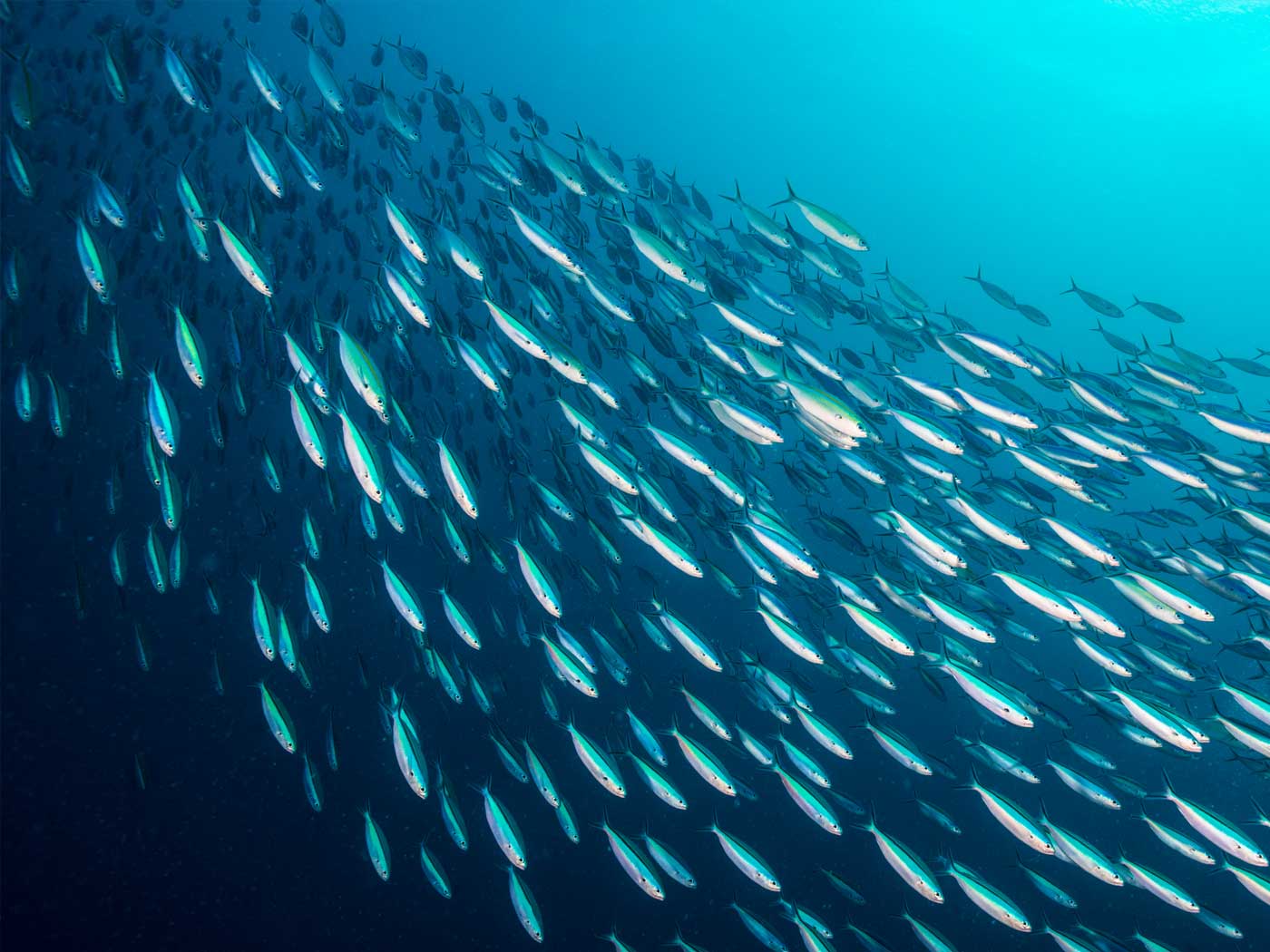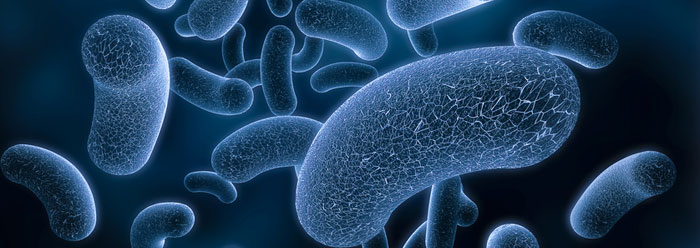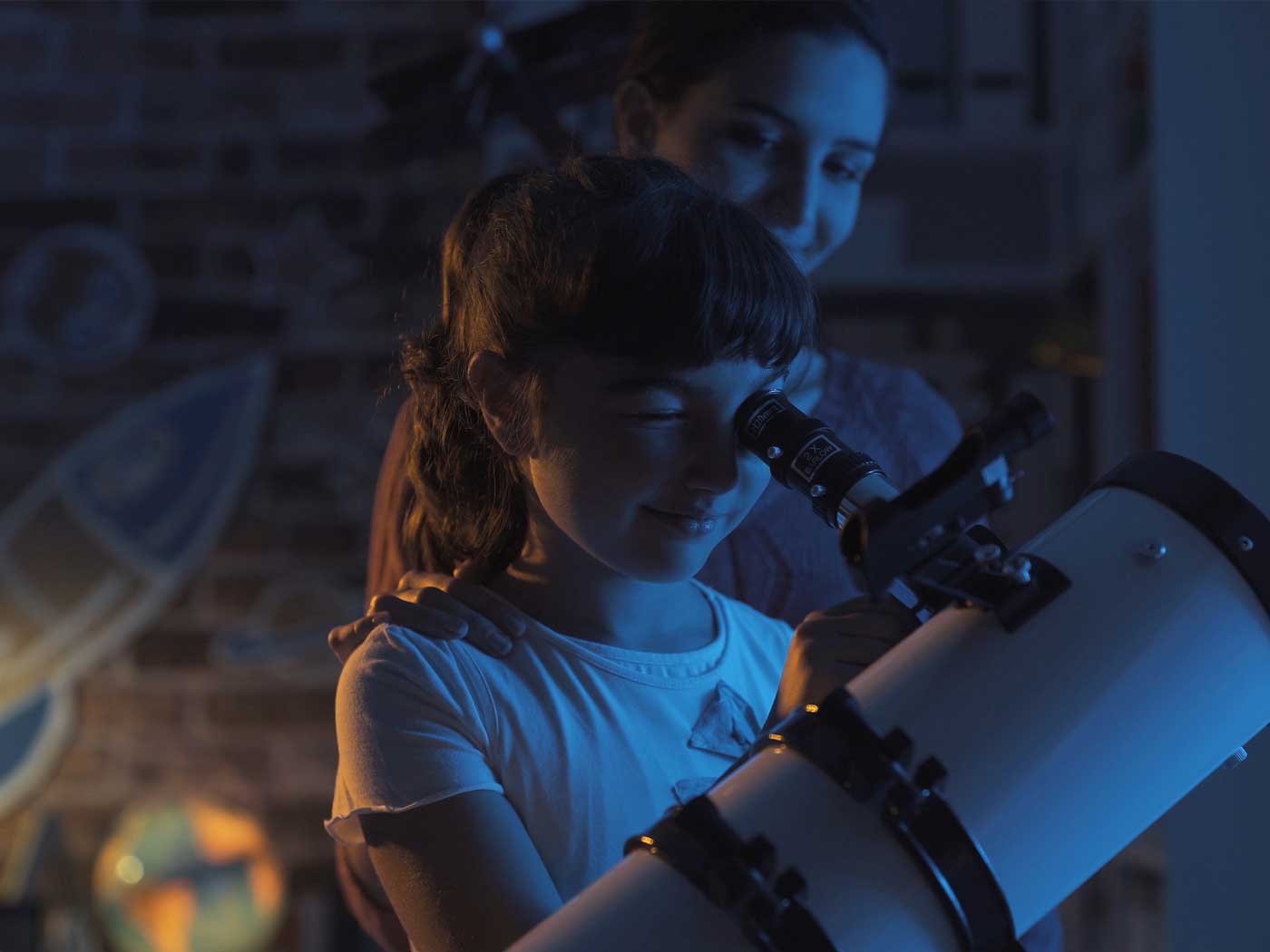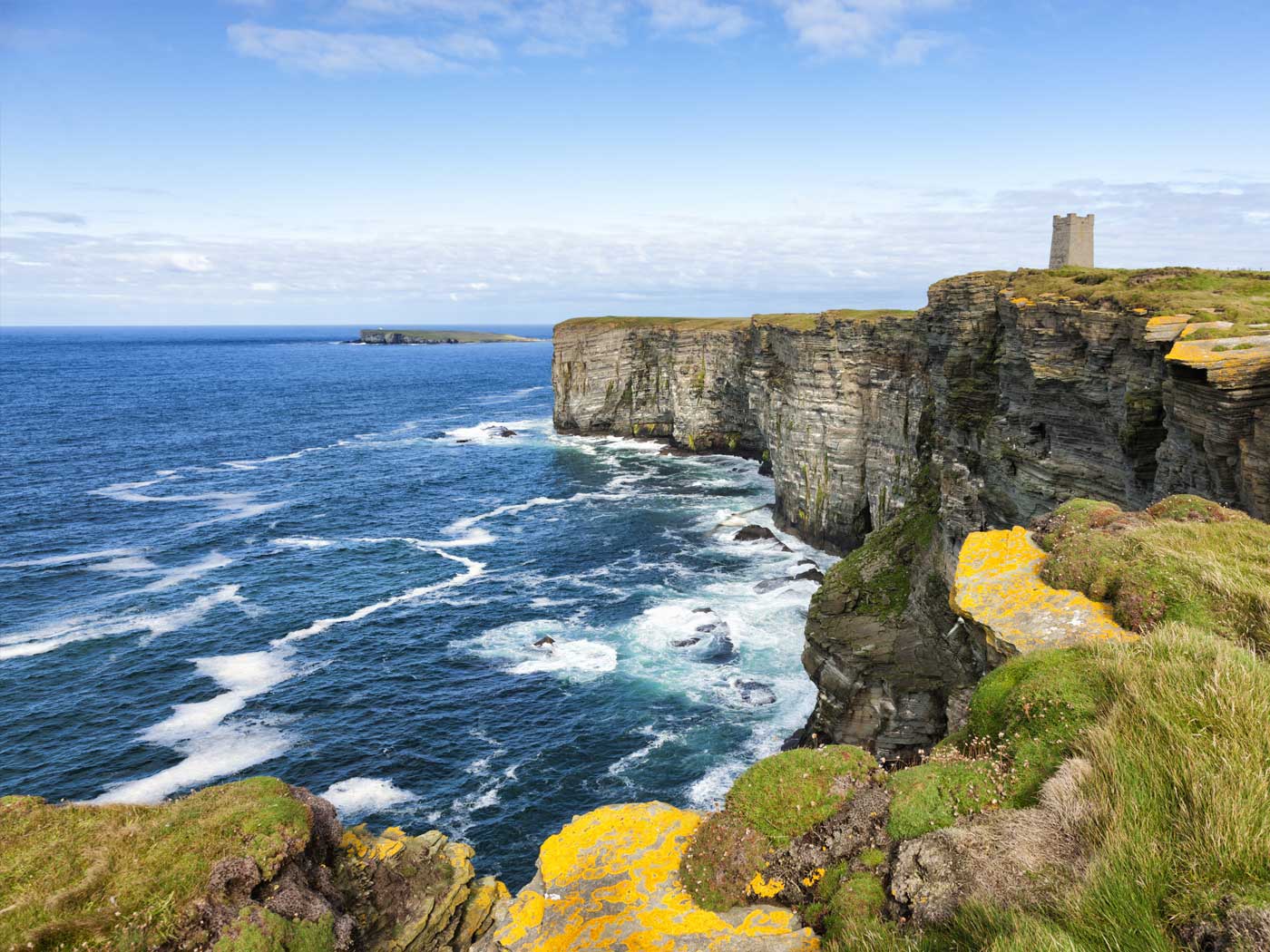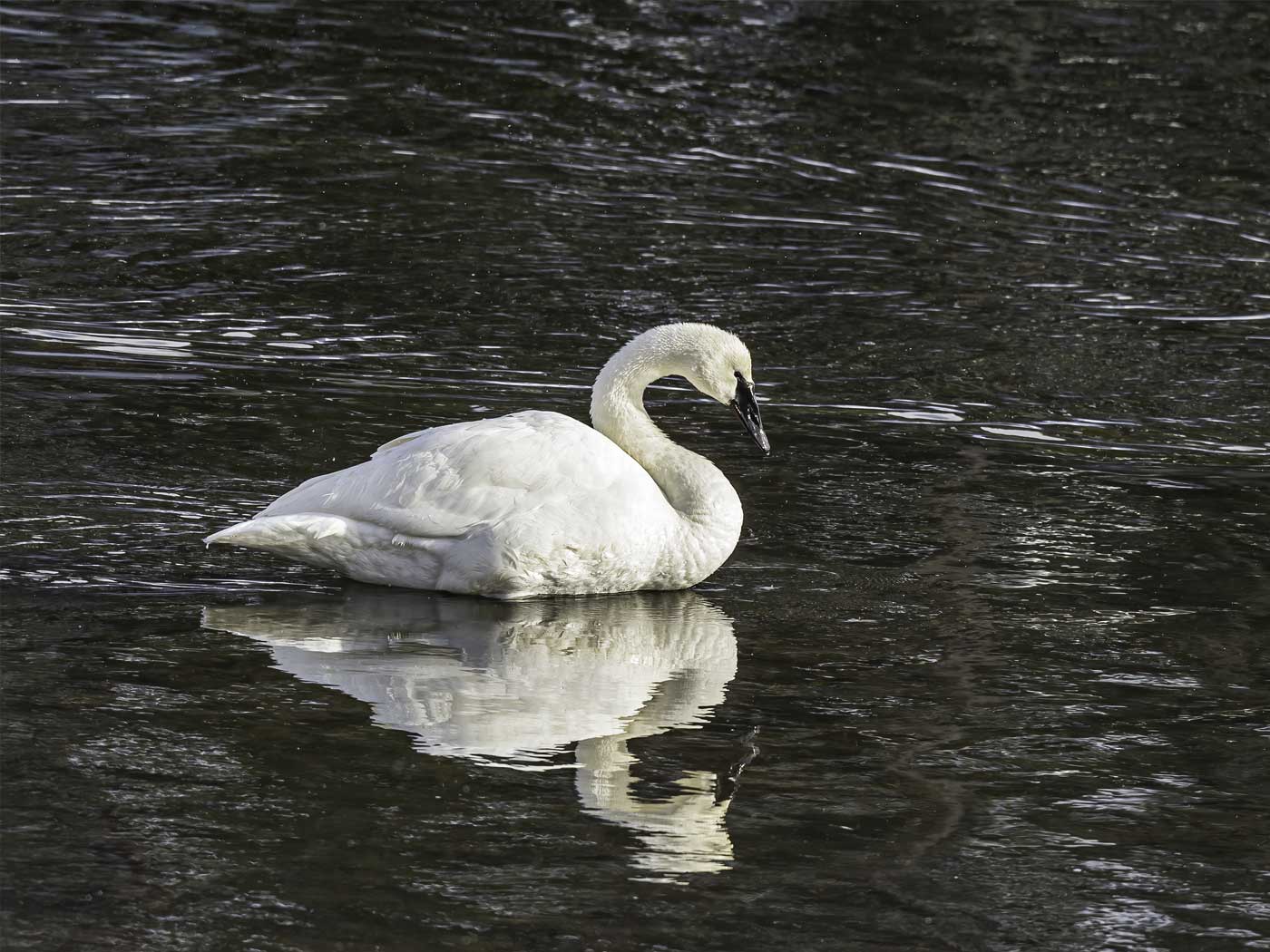A virus is a very tiny structure. In its simplest definition, a virus is some nucleic acid (either DNA or RNA) packed inside a protein coat. It is designed to replicate inside living cells. Not all viruses are bad, but the disease-causing ones such as COVID-19 get all the press coverage. Creation scientists believe viruses were created in the beginning and that many have undergone mutations (such as the flu virus) after the Curse.
Viruses are found everywhere, especially in the world’s oceans where their numbers can be astounding. In just 12 drops of surface seawater, there can be as many as 10 to 100 million per milliliter.1 Indeed, marine microorganisms (including viruses) make up about 70% of the oceanic biomass. All the tiny creatures together are called the marine microbiome.2 Biologists estimate marine viruses are in concentrations of approximately 3 billion per ounce of seawater. The carbon cycle is a critical part of Earth’s ecosystem and is the largest of all biochemical cycles. The microbial community plays an important part in the marine carbon cycle. It is an example of God’s design found in complex ecological interactions.
The oceans also have vast numbers of bacteria that are constantly reproducing in prodigious numbers. Their numbers would overwhelm the ocean in a relatively short time were it not for specially designed viruses called bacteriophages (or phages). Under a powerful electron microscope, many of the oceanic bacteria look rod-shaped, while the phages (called T-even or E. coli phages) look like tiny lunar landers with long spindly legs. Several dozen phages can cover a single bacterial cell. Bacteriophages are significantly smaller than these bacteria.
The phages are designed to land on the surface and inject their genetic material into the bacterial cell when the phage’s “legs” contract. Then the cellular machinery of the bacterium starts to produce more phages due to new instructions from the phage. In short time the bacterial cell breaks apart (lyses) releasing more T-even phages that go on to infect other oceanic bacteria. This is called the lytic cycle. In this way the levels of bacteria are controlled by these important phages (called femtoplankton).
There are also other kinds of microorganisms in the oceans called cyanobacteria (formerly called blue-green algae). This large and diverse group of bacteria contains the pigment chlorophyll and therefore can undergo the complex process of photosynthesis.3 Their vast numbers are also controlled by viruses called phycoviruses.
Taken together, we can see interactions of viruses with their hosts (bacteria, cyanobacteria, and even fish) in the marine ecosystem.4 They are all part of God’s grand design to keep the oceans healthy.
References
1. Garrison, T. and R. Ellis. 2016. Oceanography, 9th edition. National Geographic Learning, 399.
2. Sherwin, F. 2016. Applying design analysis to microbiome research. Acts & Facts. 45(2).
3. Sherwin, F. 2019. Photosynthesis: Clearly Designed from the Beginning. Creation Science Update. Posted on ICR.org August 13, 2019.
4. Middelboe, M. and C. Brussaard, C. 2017. Marine Viruses: Key Players in Marine Ecosystems. Viruses. 9 (10): 302.
*Mr. Sherwin is Research Associate is at ICR. He earned his master’s in zoology from the University of Northern Colorado.
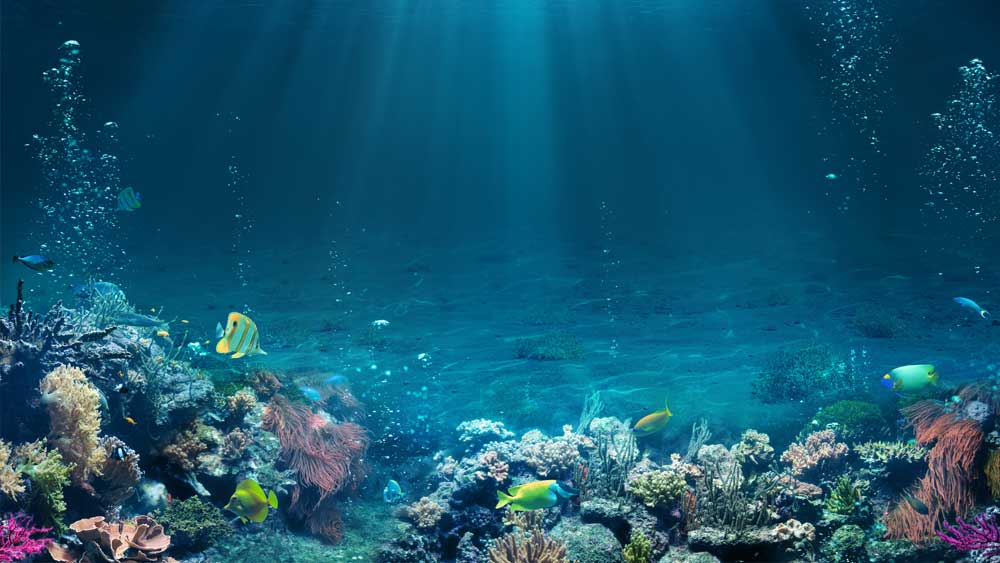
An Ocean of Viruses
The Latest
Was a Key to Photosynthesis Evolution Discovered?
Northern Canadian lakes were the source of recently discovered unique photosynthetic bacteria of the phylum Chloroflexota. After years of culturing,...
CREATION PODCAST
Four Moons That Indicate a Young Universe | The Creation Podcast:...
Earth has one moon, but Jupiter has many! What can we learn from our celestial neighbor's satellites? Do they indicate youth?
Host...
Creation Kids: Seeds and Sprouts
by Renée Dusseau and Susan Windsor*
You're never too young to be a creation scientist and explore our Creator's world. Kids, discover...
APOLOGETICS
Christ’s Creativity in Canyon Critters
Grand Canyon animals display many marvelous traits and behaviors as they live life in that harsh habitat. These canyon creatures succeed thanks to the...
Standing Against False Science
I’m Michael Stamp, and I’m in my 12th year as an editor at the Institute for Creation Research. It’s always an encouragement to see...
Oysters and Pre-Flood Longevity
The oyster species Crassostrea virginica, also known as the eastern oyster, is a prized seafood. Research has demonstrated that a fossil version of...
Galápagos Finches: A Case Study in Evolution or Adaptive Engineering?
A group of birds known as Darwin’s finches live in the Galápagos Islands, which are located in the Pacific Ocean 600 miles west of Ecuador....
Hot Springs National Park: Hydrothermal Springs Formed By The...
Hot Springs National Park is located about an hour southwest of Little Rock in the folded Ouachita Mountains of central Arkansas. It is the second smallest...
Why Biology Needs A Theory of Biological Design—Part 2
“Based on a true story” is included by movie producers to add authenticity, importance, and a flair of anticipation. So, my account of how...
Marine Fossil Tapeworm Is Still a Tapeworm
The Flood was both sudden and rapid. The burial of creatures—including delicate plants and soft-bodied animals like jellyfish1—occasionally...





